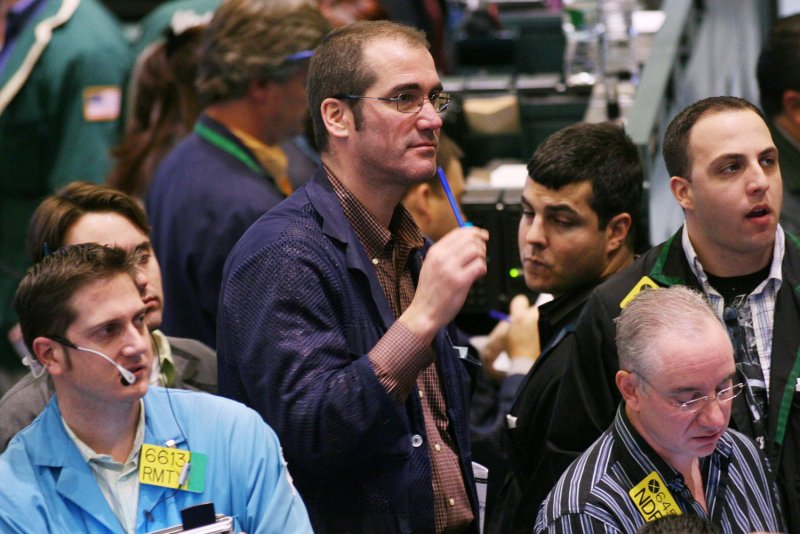Oil prices were mixed as traders assess the impact from Hurricane Harvey and look ahead to three storms brewing off the southern U.S. coast. File photo by Monika Graff/UPI |
License Photo
Sept. 7 (UPI) -- Oil prices were mixed early Thursday on signs that inclement U.S. weather left oil locked in storage, though volatility is expected because of recent forecasts.
Irma is a Category 5 hurricane making its way through the Caribbean and north to Florida. Jose is behind Irma as a Category 1 hurricane and Katia is soaking the eastern coast of Mexico as a Category 1 storm. Those follow Harvey, the strongest hurricane to hit Texas in more than 50 years.
Harvey made landfall Aug. 25 as a Category 4 hurricane and lingered over parts of Texas and Louisiana for the better part of a week. The region is central to the U.S. energy sector, with a large concentration of refineries, shale oil operations and offshore platforms.
In the latest update from 2 p.m. EDT, the U.S. Energy Department said five refineries in the Gulf Coast were still shut down, representing about 5.7 percent of total U.S. refining capacity.
"Six refineries are in the process of restarting after being shut down. This process may take several days or weeks to start producing product, depending whether any damage is found during restart," the incident report read. "Production should be assumed to be minimal until restart is completed."
British energy company BP, meanwhile, said it was keeping close tabs on Irma and evacuating non-essential personnel from its Thunder Horse platform and West Vela drilling rig in the Gulf of Mexico. The company said there were no impacts yet on production, but added "we expect intermittent terminal supply outages and will continue working to locate alternate supplies of gasoline, diesel and other refined fuels as needed."
The American Petroleum Institute late Wednesday offered an early glimpse of the impact from Harvey, showing U.S. crude oil inventories increased by 2.8 million barrels for the week ending Sept. 1. Gasoline stocks, meanwhile dropped 2.5 million barrels and some area service stations are reportedly dry. Storage levels could swell again next week, depending on Irma's impact.
Crude oil prices were moving in mixed territory before the start of trading in the United States. The price for West Texas Intermediate, the U.S. benchmark for the price of oil, was down 0.4 percent at 9:12 a.m. EDT to $48.95 per barrel. The price for Brent, the global benchmark, was up 0.24 percent to $54.33 per barrel.
The spread, or difference, between WTI and Brent widened early last week as more U.S. oil become locked in storage because of Harvey. Official figures from the U.S. government are expected late Thursday morning and they could influence the market's direction.
Elsewhere, the so-called Beige Book from the U.S. Federal Reserve said the overall economy from July through August expanded at "a modest to moderate pace," though the districts in the Gulf Coast were impacted heavily by Harvey.
In Europe, the European Central Bank kept all its rates unchanged and expected them to remain at current levels for the foreseeable future.















